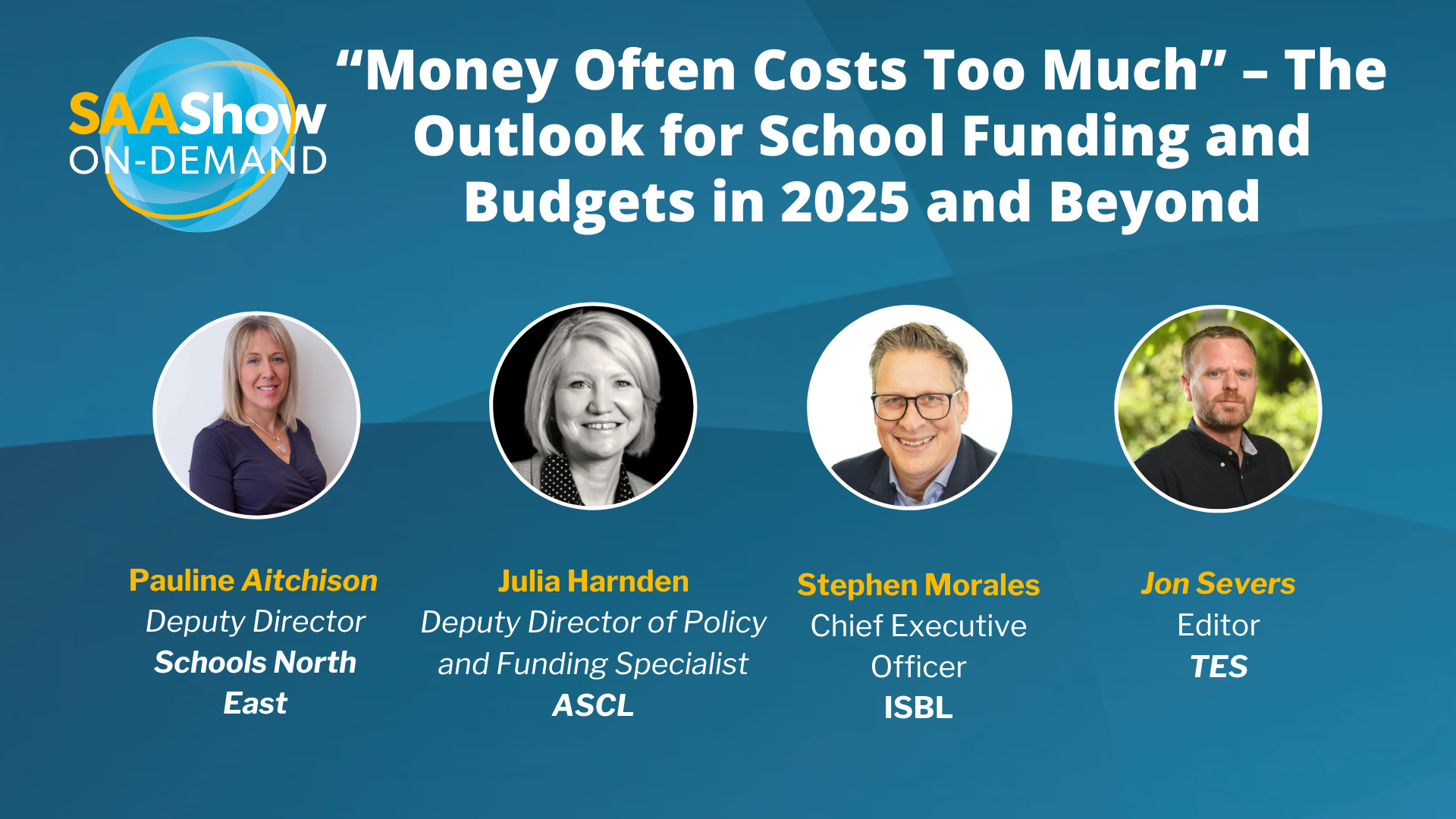How to Prepare A School Budget in 3 Simple Steps
Responsibility for a school’s finances is shared by several key stakeholders within a school, from headteachers and department leads to central business and administration leaders. The variability of the school and trust sizes makes this a rather messy picture across the country but with variability come great opportunities for innovation and peer-to-peer learning.
On top of this, the financial responsibilities of a school can be as different as simply handling petty cash to more complex projects such as integrated curriculum and financial planning. The focus is to always stay within budget while retaining the ability to provide the best service for students, which means good financial planning and management is a must for those involved.
In this blog, we'll explore how to prepare a school budget.
- The Principles of School Budgeting
- Three Steps for Preparing a Budget
- Budget Implementation
- Securing Value for Money
The Principles of School Budgeting
Four different streams generally fund schools:
- Capital funding: A type of funding used to improve a long-term asset, such as a building or IT network.
- Delegated funding: This is usually a ‘no strings attached’ type of funding. A good example is a dedicated schools grant.
- Devolved funding: This type of funding comes with conditions on spending options. For example, devolved capital funding can only be spent on long-term assets. Similarly, pupil premium money would have to be spent with the evidence that it's benefitting target students.
- Revenue funding: Used on things such as heating, stationery, repairs and salaries.
Funding is always subject to change, which means any future budget that relies too heavily on one particular type may suffer. Use the breakdown of what kind of funding your school receives to design an appropriate budget for the future.
Three Steps for Preparing a Budget
Step One: Reviewing Past Performance
Schools have a wealth of historical data to sift through, where those responsible for budgets can view how performance fared against budgetary spending and vice versa.
Budget overseers can:
- Determine the accuracy of past budgets.
- Identify overspending and underspending concerning performance.
- Discover in which areas budgets have most been weighted to cover in the past.
- Determine which areas may need extra funding based on past exam results.
Carrying out this analysis will give you better oversight into your new budget and help to review expenditure. If possible, you can also benchmark your school’s performance against similar schools in the area to put past spending into context.
You can use the Department of Education’s benchmarking system to discover how much schools in your location are spending on various resources.
Step Two: Planning for Requirement
The focus in this step will be to determine what the school requires going forward, based on a range of income and cost scenarios influenced by historical and current data. For example, provide considerations for:
- Procurement.
- Development plans, such as asset management or construction.
- Ofsted reports.
- Class sizes and pupil numbers.
- Changing funding (sources, revenue, capital income).
- Price increases for goods and services.
- Staffing requirements.
- Local government plans.
Step Three: Predictive Forecasting
If possible, develop a budgetary forecast that accounts for three to five years into the future. While it'll be difficult to accurately predict changes in things like future funding and staff requirements, it's worthwhile to model scenarios based on hypotheticals and what you know is likely to occur, such as local planning and internal development.
To go ahead successfully, you need to maintain an active presence within your local and national educational community, which can help provide insight on future changes to things like funding.
Try to model as many scenarios as possible to assess financial impact based on varying factors that affect a hypothetical budget, such as inflation or salary increases. At this point, you can begin to utilise ‘what-if’ scenarios that aid in modelling trends that fit into wider historical data, meaning you can capture scenarios with the highest probability of occurring.
Budget Implementation
Once a budget has attained approval, it can be implemented. This implementation should include monitoring and evaluation that should continue throughout to right any issues and provide a solid basis for improvement the next time a budget needs to be created.
Monitoring and evaluation should be pursued on a month-by-month basis, making it far easier when submitting budget reports to the relative authorities.
During implementation, this kind of evaluation acts as a head start on the following year’s budgeting reviews, helping to ease forecasting tasks and providing evidence for anything that has been done right. It also helps to identify what could have been done differently or more efficiently next time around.


.png)

